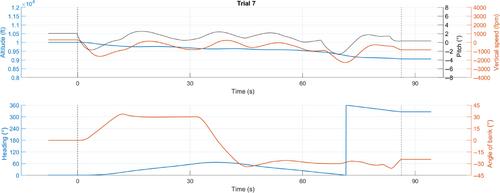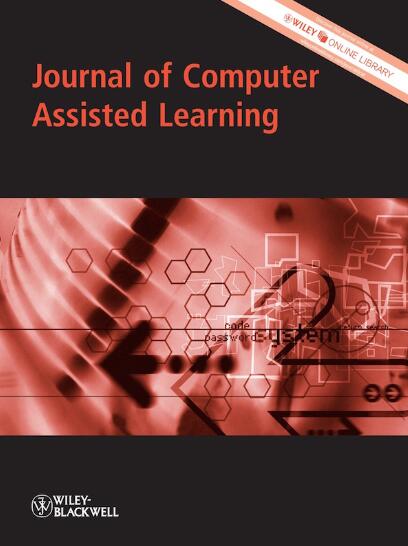Flight emotions unleashed: Navigating training phases and difficulty levels in simulated flying
Abstract
Background
Flying accuracy is influenced by pilots' affective reactions to task demands. A better understanding of task-related emotions and flying performance is needed to enhance pilot training.
Objective
Understand pilot trainees' performance and emotional dynamics (intensity, frequency and variability) based on training phase and difficulty level in a flight simulator.
Methods
Twenty-three volunteers performed basic flight manoeuvres. Trials were divided into three phases: Introduction (trials 1–7), session A (trials 8–15) and session B (trials 16–22). Three task difficulty levels were implemented (low, medium and high). Flying performance was evaluated using root mean square error (RMSE) and expert ratings. Emotional intensity was inferred from physiological (electrodermal activity) and behavioural (facial expressions) emotional responses. Emotional variability was calculated to understand fluctuations among multiple emotions. Emotional responses were mapped into task-relevant emotions, like sadness with boredom, and fear with anxiety.
Results and Conclusions
The most frequent facial expressions neutral, anger and surprise. Neutral and anger were interpreted as deep focus states. Surprise was likely a response to unexpected events. Flying performance and emotional dynamics varied across training phases and difficulty levels. During introduction, performance was less accurate, and emotions were less frequent. During session A, performance improved while participants experienced more physiological arousal and emotional variability. During session B, performance was the most accurate. In high-difficulty tasks, performance was the least accurate, participants expressed emotions with more frequency, more variability and higher physiological arousal. Future studies can use simulated flying tasks for trainees to familiarize with their emotional reactions to task demands expecting to improve training outcomes.


 求助内容:
求助内容: 应助结果提醒方式:
应助结果提醒方式:


